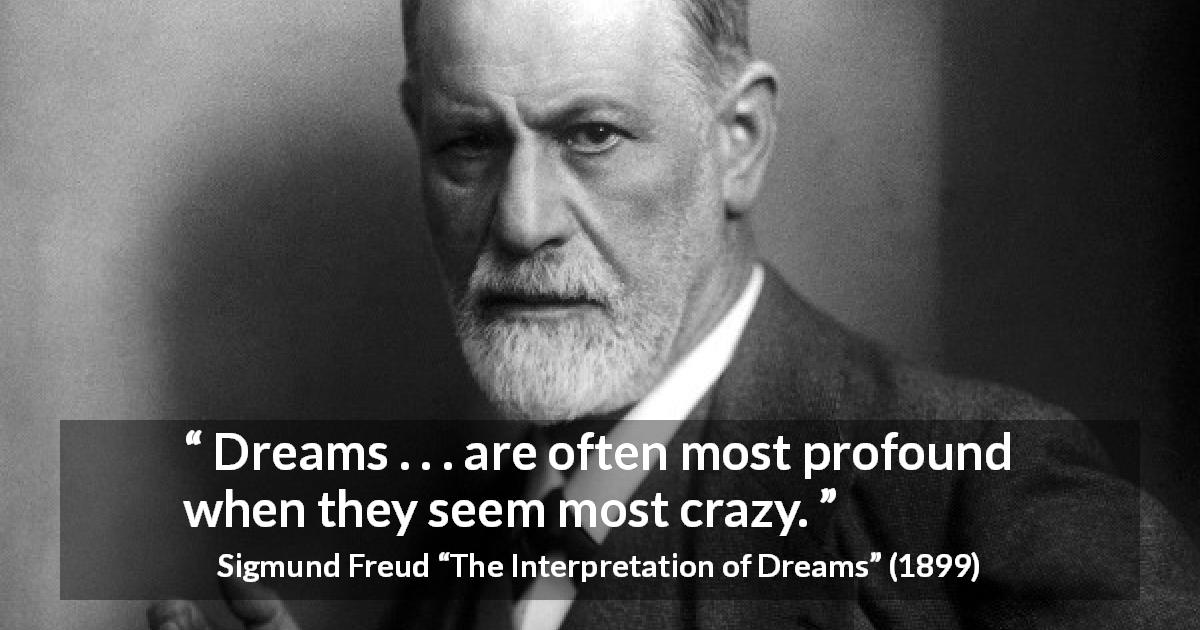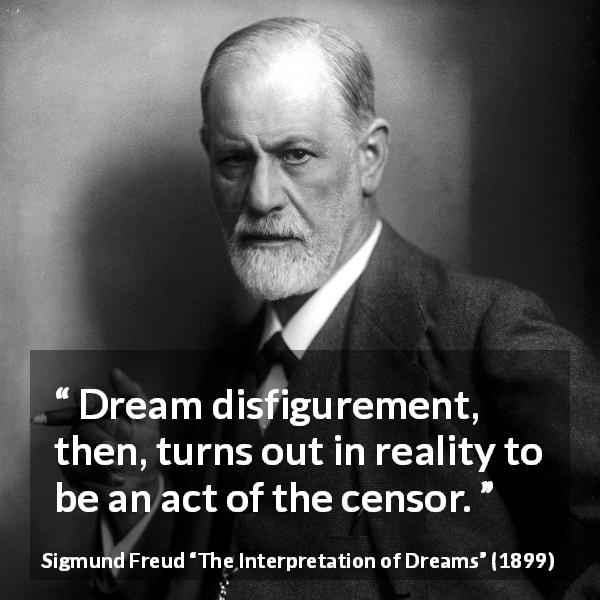


From this perspective, newly encoded memories are related to what Freud ( 1900) called the “day's residues” in that they reflect some daytime activities of the dreamer.

In addition, rapid eye movement (REM) sleep and non-REM (NREM) sleep refer to the processing of different types of memories: REM sleep is primarily implicated in emotional memory and implicit memory, whereas NREM sleep is more closely associated with declarative memory (Rauchs et al., 2005 Smith, 2010). Moreover, salient memories for the sleeper, such as newly encoded memories (Born and Wilhelm, 2012 Wamsley, 2014), memories that will be incorporated into long-term memory within 6–7 days (e.g., Blagrove et al., 2011 van Rijn et al., 2015), and corresponding long-term memories (Lewis and Durrant, 2011), are preferentially activated and then manifested in dream content.

The self-organization theory of dreaming posits that memory consolidation, emotion regulation, and reception of external stimuli can contribute to dream content (Zhang, 2016) hence, dream content can contain important information about the dreamer.Ĭonsider, for example, the case of memory consolidation during sleep: according to the two-stage memory model (McClelland et al., 1995 Stickgold and Walker, 2005 Born and Wilhelm, 2012), the process of memory consolidation generates memory fragments to extract pertinent information when an individual is asleep. Empirical evidence has supported some of these assertions. In this article, we refer to the self-organization theory of dreaming and seek to elucidate its meaning for dream interpretation.Īccording to Freud ( 1900), sources of dreams include stimuli from the external world, subjective experiences, organic stimuli within the body, and mental activities during sleep (p. His theory of dreams mainly refers to two key points: (a) what are the materials of a dream? and (b) how do these materials work together? The answers to these questions are closely related to an understanding of dream interpretation. This theory also implies that dreams are not independently functional but rather a coproduct of the sleeping brain, reflecting the dreamer's physiological and psychological activities such as memory consolidation, emotion regulation, and reception of external stimuli (Zhang, 2016).īy contrast, Freud regarded dreams as a royal road to the unconscious dream interpretation has thus been an important psychoanalytic technique. The self-organization theory of dreaming proposes that the sleeping brain is a self-organizing system that can combine discontinuous and incongruous neuronal signals (i.e., different elements of dreams) into a relatively continuous narrative during sleep (Kahn and Hobson, 1993 Kahn et al., 2000, 2002).


 0 kommentar(er)
0 kommentar(er)
